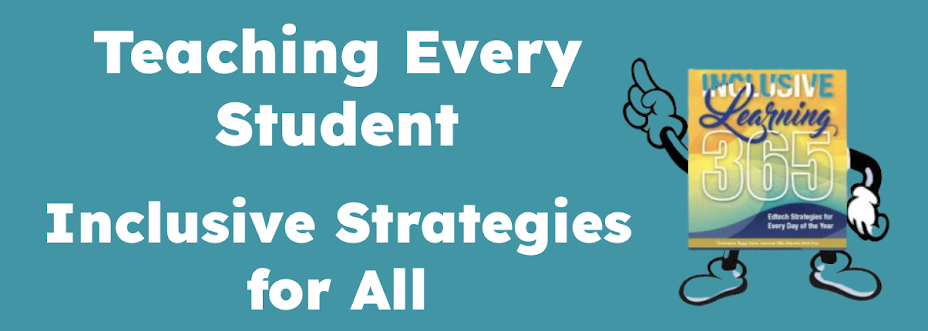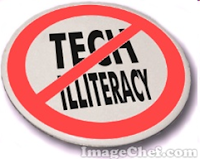And then I read this....
"A Monumental Step Towards Promoting UDL for All" (via the Assistive Technology Blog)
Symposium participants heard from experts who presented information on best practices and highlighted the most recent developments in UDL theory and implementation. Attendees also had the opportunity to engage with those on the leading edge of research and program development. In addition to gaining a greater understanding of how to create inclusive schools, participants walked away with a framework for promoting UDL and developing policies in their own organizations at the national, state and local levels. They also screened the award winning documentary, Including Samuel, which examines the educational and social inclusion of youth with disabilities.Is this the breakthrough that we have been waiting for? Looking at the list of sponsors (American Association of Colleges for Teacher Education, American Federation of Teachers, The ARC, CAST, Council of Chief State School Officers, Emily Hall Tremaine Foundation, IDEA Partnership, Institute for Educational Leadership, Mitsubishi Electric America Foundation, National Association of State Directors of Special Education, National Center for Learning Disabilities, National Down Syndrome Society, and the Virginia Department of Education Training and Technical Assistance Center at George Mason University), I am hopeful.
UDL principles are not an afterthought. When curriculum is designed well, multiple methods of presentation, engagement and expression are embedded throughout the instruction and learning. UDL reinforces the fact that one size does not fit all. I do believe many educators acknowledge that reality. It's the application that remains challenging.
If that is the case, excellent resources are available here, here, here, here, and here.
Be a part of what Lily Eskelsen, VP of the NEA calls "a deliberate design for success."



